 Napoli sparks boxship crackdown
Napoli sparks boxship crackdown A SUBSTANTIAL portion of the world’s container fleet has been closely scrutinised for potential structural failure during the investigation into the loss last year of the 4,419 teu MSC Napoli.
A UK Marine Accident Investigation Branch report into the incident reveals that a screening by classification societies of 1,500 ships of the same configuration as the stricken vessel showed 12 large containerships that were identified as requiring remedial action to their structures. A further 10 were described as “borderline”, while another eight are being studied.
The report into the structural failure of the Zodiac-operated ship, which took place on January 18, 2007 as the fully laden vessel steamed westwards out of the English Channel in storm force conditions, reveals five major contributory causes.
It was discovered that the hull did not have sufficient buckling strength in way of the engineroom, which was positioned three quarters of the length from forward. The report also points out that class requirements in force at the time the ship was designed in 1990, only required buckling strength requirements around the midships section.
It was also found that there was an inadequate safety margin between the vessel’s hull design loading and its ultimate strength, while the load on the hull was likely to have been increased by the whipping effect as the big ship steamed into heavy head seas. The report suggests that the ship’s speed — making 11 knots over ground with the engine turning revolutions for 17 knots — was “not reduced sufficiently” for the prevailing weather.
Of the vessel’s final voyage and evacuation, the report notes that the ship, operating on the Europe-South Africa service, was six days behind schedule inbound and had suffered turbocharger failure and problems with the main engine governor, which remained inoperative when the laden vessel sailed outbound from Antwerp.
The need to minimise draught for Antwerp departure had required the vessel to be ballasted forward, exceeding the permissable bending moments, although ballast was moved in the Schelde to just within permissable limits as indicated by the ship’s computer.
The comparison of the vessel’s actual draught with that calculated according to the known ship’s weights and declared cargo showed a difference [the deadload] of 1,250 tonnes, indicating that some container weights were under-declared.
On the morning of the structural failure, the ship was heading out into the western approaches in storm force winds with wave heights said to be up to 9 m when a succession of three large waves were reported. Shortly afterwards, a bilge alarm indicated the first ingress of water. Inspection by the duty engineer revealed substantial quantities of water and the engine was shut down.
The master, looking over the side, found visible damage in way of the engineroom, and believing that the ship’s back had been broken, made arrangements to evacuate. The success of this operation, which saw the 26 crew safely abandon their ship and motor clear in a lifeboat to be rescued by two helicopters, was commended in the report. Good drills and preparation for such an emergency were evident to the inspectors.
The design of the ship, a one-off order from Samsung, revealed a number of issues, notably the discontinuity of the structure, which was longitudinally framed throughout the forward cargo spaces, while there was transverse framing in way of the engineroom, the location of the eventual buckling. This, says the report, was an “inherently weak” structure when under compressive loading.
Initially built to Bureau Veritas classification, the ship fully complied with the rules in force at that time which required buckling calculations only around the mid-length of the ship, where it was assumed, the greatest stresses would arise. The earliest cellular containerships were generally built with the machinery space aft, and underdeck cargo spaces forward of the engineroom.
The MAIB concluded that the class rules which were applicable “have lagged behind the development of containership design, and requires immediate revision”. Buckling checks are required, says the report, along the whole length of the ship.
The report examines design safety margins for hull stresses and suggests that a more objective approach is required. It appeared that it was almost routine for permissable loads to be exceeded for operational reasons, such as the need to minimise draught, yet the ship’s staff, or indeed the terminal planners, could never be sure of the actual weights of boxes being loaded on their vessel.
Following the deliberate grounding of the damaged ship in Branscombe Bay, there was the opportunity to weigh all the unflooded containers taken off the ship by the salvors. Some 600 containers were weighed ashore, 137 of which revealed a weight discrepancy of more than 3 tonnes. The largest difference between declared and actual weight was 20 tonnes.
It was also discovered that 7% of the deck load of containers were not in the position shown on the cargo plan. The MAIB concludes that “the stresses acting upon a containership’s hull cannot be accurately controlled unless containers are weighed before embarcation”. This will have obvious implications for terminal operations.
The structure of the 16-year-old ship was found to be in reasonable condition, with no evidence that the 2001 full-speed grounding of the ship, which saw it ashore on a reef on the Malacca Strait for two months and a requirement for 3,000 tonnes of steel repairs, had any bearing on the final hull failure.
Samples were removed from the wreck for testing, and there was some evidence found of on-board welding repairs that had not been reported.
The inspectors had several observations regarding the speed of the ship in heavy weather, noting that the whipping effect of the hull flexing in the high swells could have contributed to the accident. However, the report points to a paucity of any research into the effects of such dynamic forces in a seaway and it recommends that more research should be undertaken into a subject that clearly has considerable potential impact upon safety and structural strength.
It also notes that research should also be considered into the provision of hull stress monitoring equipment and vessel motion sensing, bearing in mind the relationship between speed and wave loading and whipping effects.
As regards the particular circumstances of this casualty the report notes that while the ship’s speed was considered to be “appropriate” for the conditions, “it is almost certain that a reduction of speed would have significantly reduced the risk of hull failure”.
The identification of over 1,500 containerships which had potentially similar vulnerabilities to that which led to the loss of MSC Napoli was clearly a major exercise involving the classification societies. It is understood that vessels larger than 2,500 teu, with cargo bays aft of the accommodation/machinery space were investigated, particularly seeking out those with structural discontinuities.
Of the 12 identified, it is understood that stiffeners in the engineroom and some operational limitations will be sufficient to keep them safe. The societies involved with these ships are currently in discussion with their owners as to the best way forward.
The MAIB has worked closely with DNV, which took over MSC Napoli after its 2002 repairs and which has undertaken a major analysis of containership structures in recent months.
The MSC Napoli report also gives major emphasis to many of the issues which were raised into the MAIB’s earlier report into a container stack collapse aboard the feeder Annabella. This pointed to the inability of the ship’s staff to intervene in planning and stowage, and the evident problem of determining accurate weights of containers.
Additionally, the Annabella report underlined the lack of any proper safety code for the carriage of containers and the operation of containerships.
This issue was taken up by the International Chamber of Shipping, which, in conjunction with the World Shipping Council is currently working on a code of best practice for the industry.
This is expected to be completed by the end of this year, and subsequently presented to the International Maritime Organization for adoption. Relevant action is also promised by the UK Maritime and Coastguard Agency which has taken up the issue of container weights and longitudenal strength checks with the Paris MOU Port State Control Committee.
WEATHER NOTE
Always be prepared for a tornado to strike
Staff reports
Published: March 31, 2008
Tornado Preparedness—Do You Have a Plan?<p>
Tornados which appear suddenly and without warning are nature's violent storms. One may often hear or read about "tornado season," a time of year when tornadoes appear frequently. The fact is there is no such thing as a "tornado season." Tornadoes can strike anywhere at anytime. You need to be ready, know the drill and act quickly.
Tornado Watches, Warnings
It is vital that you know the difference between a tornado watch and a tornado warning.
A tornado watch indicates conditions are favorable for a tornado and a tornado is possible. A tornado warning indicates that a tornado has been sighted or seen by the National Weather Service Doppler Radar and may be headed your way. Take cover immediately!
When conditions are favorable for severe weather, monitor your local weather and news stations for up to date information and changes that may occur rapidly affecting you and your family's safety.
Preparing for a Tornado
When preparing for a tornado, one should become familiar with the terms that are being used, i.e. Tornado Watch vs. Tornado Warning to identify the hazard level and what actions you should take:
• Open buildings (shopping malls, gymnasiums or civic centers): Try to get into the restroom or an interior hallway. If there is no time to go anywhere else, seek shelter right where you are. Try to get up against something that will support or deflect falling debris. Protect your head by covering it with your arms.
• Automobiles: Get out of your vehicle and try to find shelter inside a sturdy building. A culvert or ditch can provide shelter if a substantial building is not nearby—lie down flat and cover your head with your hands. Do not take shelter under a highway overpass or bridge, because debris could get blown under them or the structures themselves could be destroyed.
• Outdoors: Try to find shelter immediately in the nearest substantial building. If no buildings are close, lie down flat in a ditch or depression and cover your head with your hands.
• Mobile homes: Do not stay in mobile homes. You should leave immediately and seek shelter inside a nearby sturdy building or lie down in a ditch away from your home, covering your head with your hands. Mobile homes are extremely unsafe during tornadoes.
Prepare a Home Tornado Plan
• Develop a safety plan for home, work, school and when outdoors. Make sure your family reviews and practices the plan at least once a year and especially on days when severe weather is forecast for your area. If you or a family member are disabled, develop an alternative plan and be sure to include items in your supply kit that will meet their special needs for at least a week or longer (readyvirginia.gov/getakit/index.cfm).
• To learn more about tornado drills and how to protect your family during a tornado visit, vaemergency.com/threats/tornado.
Are you ready?
• Get a kit
• Make a plan
• Stay informed
• Visit readyvirginia.gov
/index.cfm
This column is provided by the Prince William County Department of Fire and Rescue's Community Relations Team. Send questions or comments to DFR Responding to You, 9250 Lee Ave., Manassas VA 20110
Several TX Homes Destroyed by Severe Storms
Officials near Fort Worth, Texas, say more than a dozen homes have been damaged or destroyed by a severe thunderstorm system. Crews are being dispatched across the state today to confirm reports of possible tornadoes. (April 24)
| Number of Tornadoes | Number of Tornado Deaths | Killer Tornadoes | |||||||||||||||
|---|---|---|---|---|---|---|---|---|---|---|---|---|---|---|---|---|---|
| 2008 | 2007 | 2006 | 2005 | 3 Year Avg. | 2008 | 2007 | 2006 | 2005 | 3 Year Avg. | 2008 | 2007 | 2006 | 2005 | 3 Year Avg. | |||
| Prelim | Actual | Prelim | Actual | Final | Final | Prelim | Final | Final | Final | Prelim | Final | Final | Final | ||||
| JAN | 136 | 84 | 29 | 21 | 47 | 33 | 34 | 7 | 2 | 1 | 4 | 2 | 4 | 1 | 1 | 2 | 1 |
| FEB | 232 | ? | 87 | 52 | 12 | 10 | 25 | 58 | 22 | 0 | 0 | 7 | 13 | 3 | 0 | 0 | 1 |
| MAR | 151 | ? | 214 | 171 | 150 | 62 | 128 | 4 | 27 | 11 | 1 | 13 | 3 | 10 | 7 | 1 | 6 |
| APR | 154 | ? | 187 | 165 | 245 | 132 | 181 | ? | 9 | 38 | 0 | 16 | ? | 3 | 9 | 0 | 4 |
| MAY | ? | ? | 282 | 251 | 139 | 123 | 171 | ? | 14 | 3 | 0 | 6 | ? | 4 | 1 | 0 | 2 |
| JUN | ? | ? | 152 | 128 | 120 | 316 | 188 | ? | 0 | 0 | 0 | 0 | ? | 0 | 0 | 0 | 0 |
| JUL | ? | ? | 55 | 69 | 71 | 138 | 93 | ? | 0 | 0 | 0 | 0 | ? | 0 | 0 | 0 | 0 |
| AUG | ? | ? | 87 | 73 | 80 | 123 | 92 | ? | 1 | 1 | 4 | 2 | ? | 1 | 1 | 3 | 2 |
| SEP | ? | ? | 63 | 51 | 84 | 133 | 89 | ? | 0 | 1 | 1 | 1 | ? | 0 | 1 | 1 | 1 |
| OCT | ? | ? | 115 | 87 | 76 | 18 | 60 | ? | 5 | 0 | 0 | 2 | ? | 3 | 0 | 1 | 1 |
| NOV | ? | ? | 7 | 6 | 42 | 150 | 66 | ? | 0 | 10 | 28 | 13 | ? | 0 | 3 | 5 | 3 |
| DEC | ? | ? | 22 | 19 | 40 | 26 | 33 | ? | 1 | 2 | 0 | 1 | ? | 1 | 2 | 0 | 1 |
| Total | 673 | 84 | 1300 | 1095 | 1106 | 1264 | 1159 | 69 | 81 | 67 | 38 | 62 | 20 | 26 | 25 | 13 | 21 |
Note:? means final number not yet available.
Important! Prelim. numbers represent tornado reports. Columns marked Final represent total tornadoes.
2008 numbers updated through
This morning after reviewing the casualty runs for the last 24 hours I noticed that Transocean's Discover Deep Seas reported a engine room fire to the United States Coast Guard in Morgan City, Louisiana. Extent of the damage is unknown and believe to be to one of several thruster engines. The Deep Seas is a drill ship presently located some 200 nm off the coast of Louisiana. There were no reported injuries nor SAR operations. As information develops it will be passed along.
RS
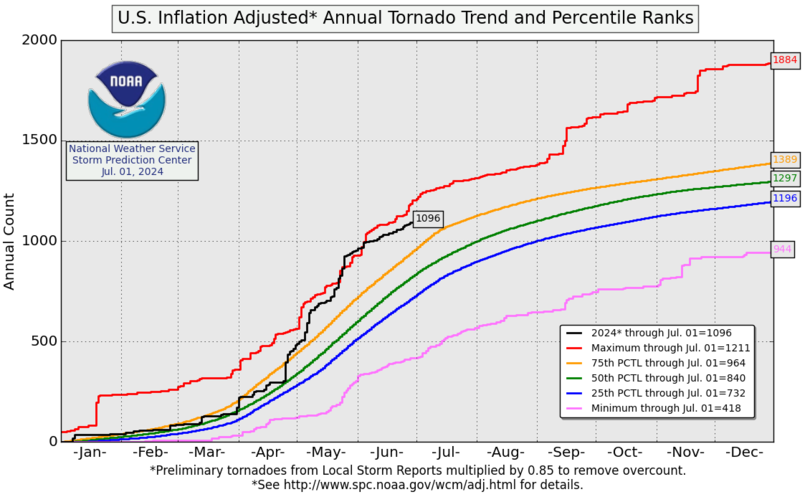











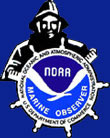





















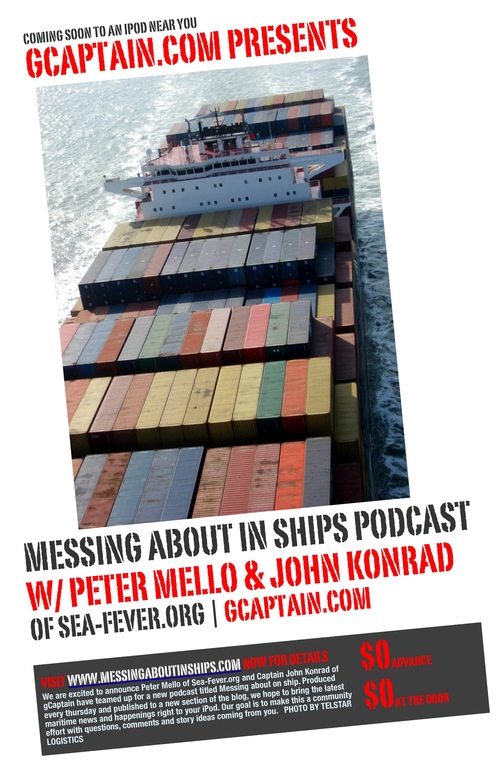




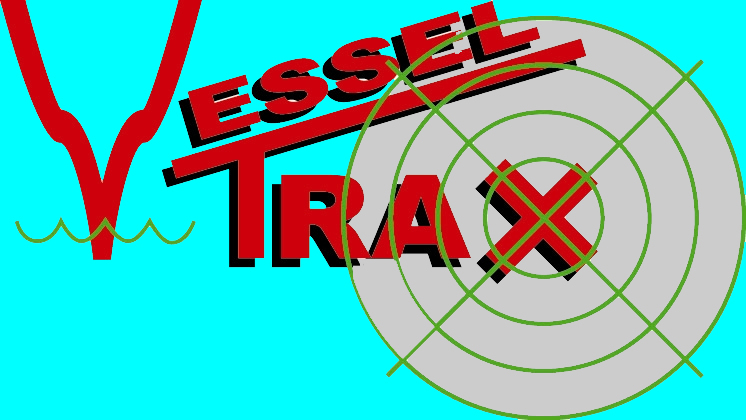




















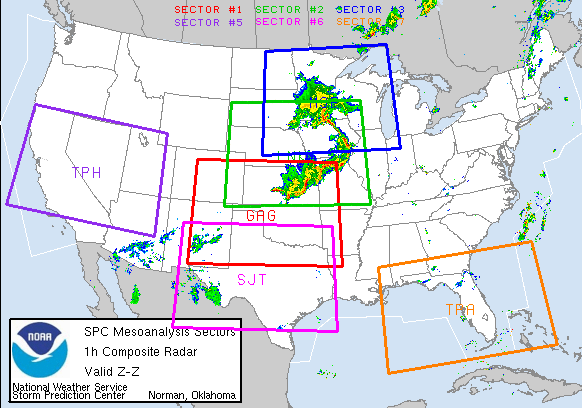














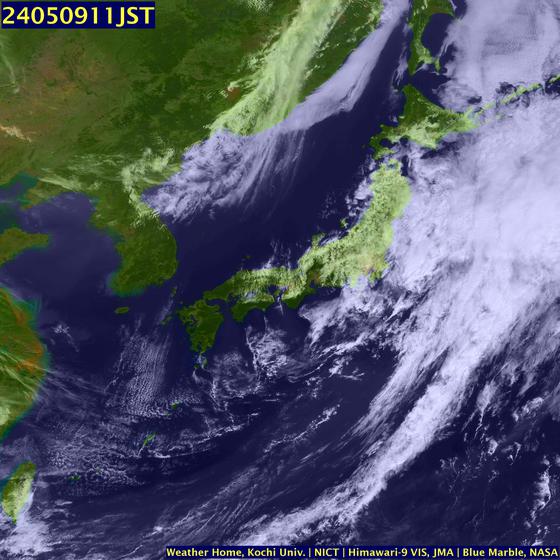

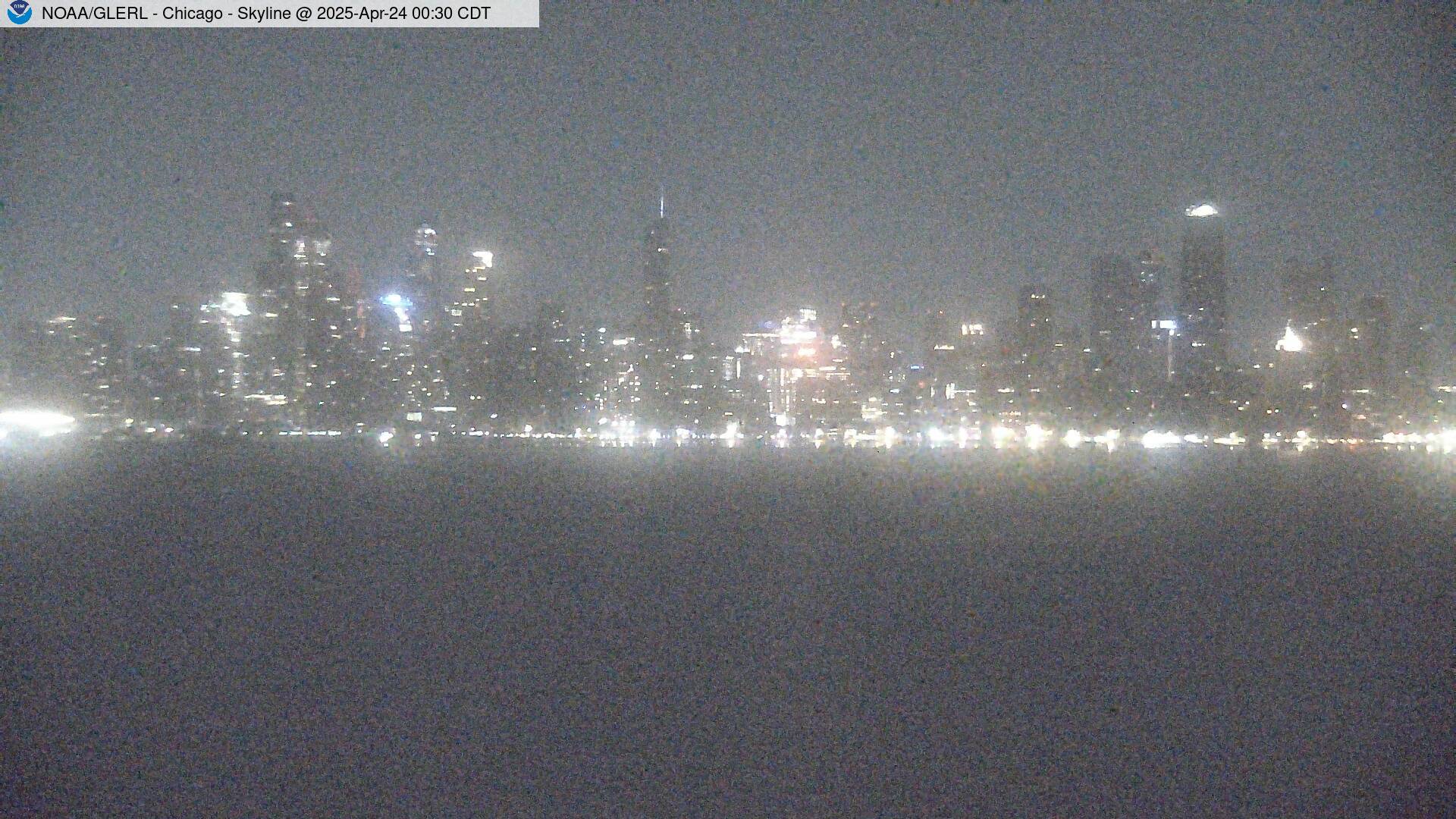






















![Validate my RSS feed [Valid RSS]](valid-rss.png)
No comments:
Post a Comment